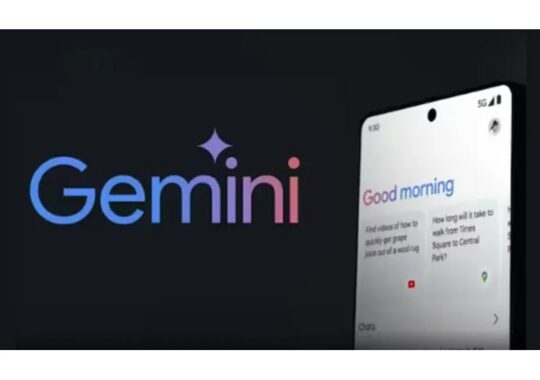Live medication tracking via Samsung Health
To assist users in better managing their medications and adherence, Samsung Electronics has begun to roll out a new feature called “Medications tracking” on the Samsung Health app.
Keeping track of prescription and over-the-counter medication is made easier for users by this feature. Also, it gives users access to comprehensive drug information, which is licensed from Elsevier, including possible side effects and adverse reactions.
Users can enter information about their medications, including the dosage and timing of consumption, as well as their color and shape. Additionally, they can set up alerts to remind them to take and refill their medications. The feature allows them to prioritize reminders based on how urgent and important they are. Furthermore, the feature has the ability to send reminders through a Galaxy Watch.
AI created by Indian researchers can identify carpal tunnel syndrome
In order to diagnose carpal tunnel syndrome (CTS), a common nerve-related disorder, a research team from the Indian Institute of Science (IISc) in collaboration with Aster CMI Hospital has developed an artificial intelligence (AI) tool that can recognize the median nerve in ultrasound videos.
They tuned a machine-learning model to identify only the median nerve in YouTube videos. The model was initially created to identify multiple objects at once. Ultrasound videos from both CTS-positive and CTS-negative Aster CMI patients were used to train it.
The artificial intelligence model is capable of automatically measuring the nerve’s cross-sectional area, a task that is typically completed by a sonographer, and segmenting the median nerve in individual frames of an ultrasound video.
Currently, the scientists are honing their AI model to identify every nerve in the upper and lower extremities. Additionally, it has been set up at Aster CMI for a pilot test.
They tuned a machine-learning model to identify only the median nerve in YouTube videos. The model was initially created to identify multiple objects at once. Ultrasound videos from both CTS-positive and CTS-negative Aster CMI patients were used to train it.
The artificial intelligence model is capable of automatically measuring the nerve’s cross-sectional area, a task that is typically completed by a sonographer, and segmenting the median nerve in individual frames of an ultrasound video.
Currently, the scientists are honing their AI model to identify every nerve in the upper and lower extremities. Additionally, it has been set up at Aster CMI for a pilot test.
Endoscopists have been able to reduce training time and find the platform to be a “reliable” tool to help with the procedure, according to Dr. Yip Hon-chi, associate professor of CU Medicine Department of Surgery.


